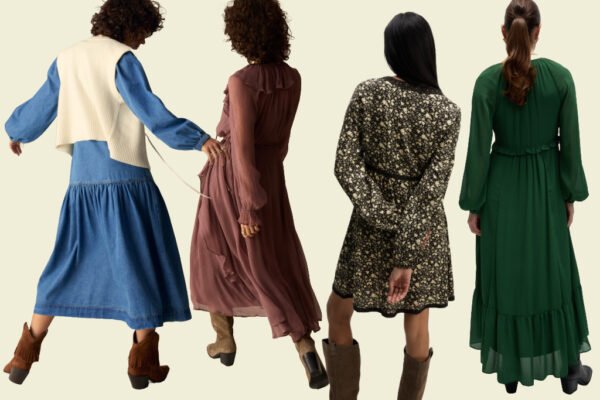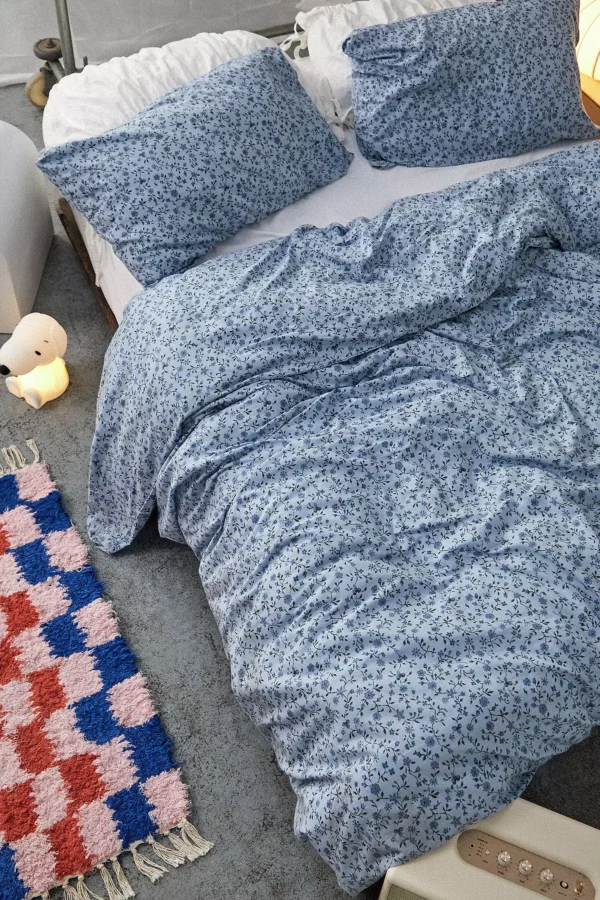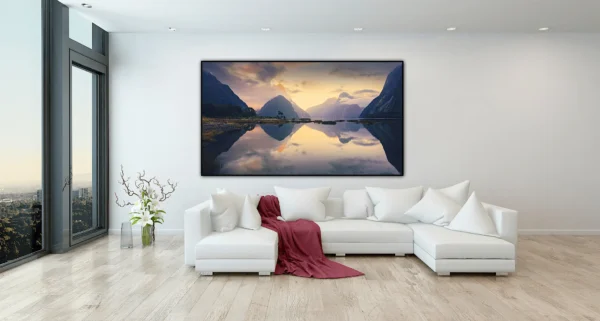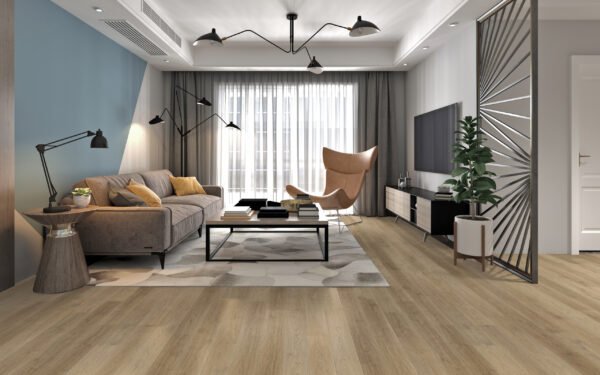
5 Tips to Choose the Right Solid Wood Flooring for Small Spaces: Expert Guidance
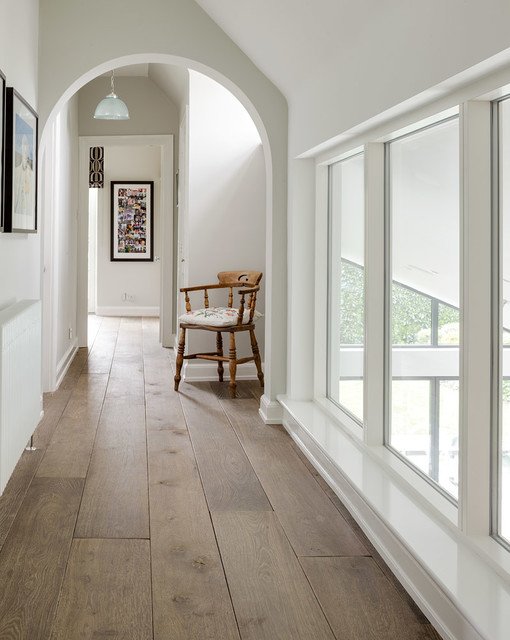
Choosing the right flooring is an important step in designing a small space. Solid wood flooring is popular for its unique and dynamic pattern, which can create an illusion of a larger area. It is a stylish choice that adds character and interest without overwhelming the room. With various options available, solid wood flooring offers a balance between elegance and functionality.
For those considering their flooring options, understanding the benefits and features of solid wood flooring can guide decisions in making small spaces appear more open and inviting. This type of flooring not only improves aesthetics but also adds depth and texture to any setting.
Opt for lighter wood shades to improve natural light
Choosing lighter wood shades for solid wood flooring can make small spaces feel more open and airy. Light colours, such as whites, creams, and pale greys, can reflect sunlight better, brightening up the room. This creates a more welcoming atmosphere, especially in areas with limited natural light.
These lighter shades not only help in brightening the room but also pair well with different decor styles. They provide a versatile base that can adapt to various colours and furniture styles. Whether the room features a modern or traditional design, light wood tones can complement it well.
Using lighter shades in small spaces can give the impression of greater space. As a result, light wood floors can make the room appear larger than it actually is. By reflecting more light, these floors can make sure every corner of the room feels illuminated and cosy.
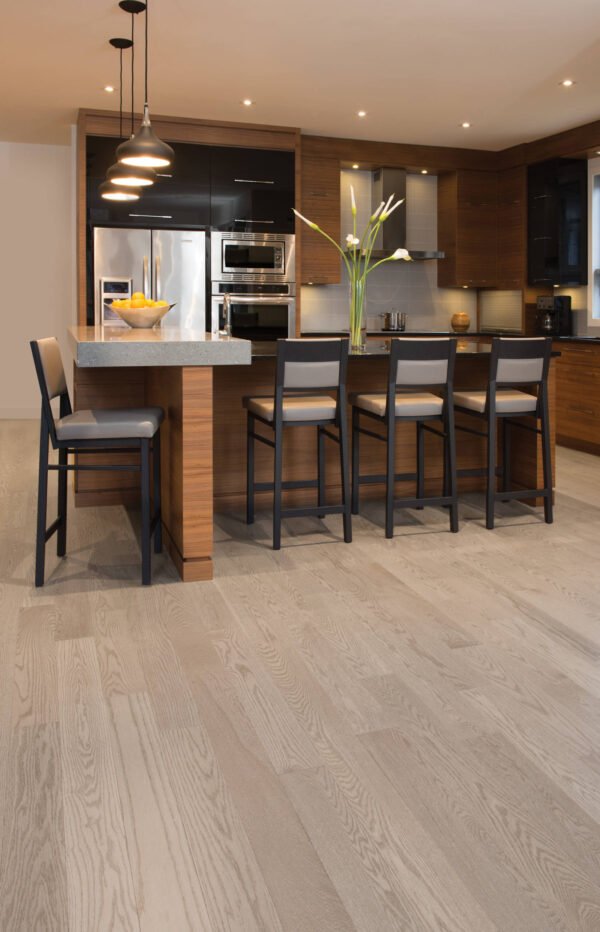
Select narrower boards such as 12x140x550mm to suit small spaces
When working with small spaces, choosing the right size of solid wood flooring can make a big difference. Narrower boards like 12x140x550mm are well-suited for tight areas. These dimensions help create an illusion of space without overwhelming the room.
Using narrower boards can also add a unique style to the space. They offer a sleek and modern look, making it easy to improve the room’s overall aesthetic. This size helps maintain harmony in the design, providing a neat and organised appearance.
Laying the boards in the right direction is important, too. For narrow spaces, consider running the boards parallel to the longest wall. This can make the area appear more spacious, giving the room a sense of length and depth. Choosing the right board size and placement can transform a small space into an inviting and visually appealing area.
Make Sure the Solid Wood Flooring Angle Complements Your Room Dimensions
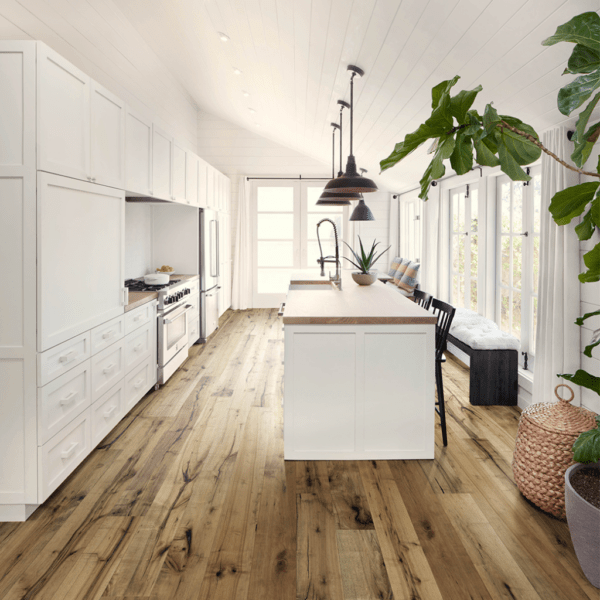
When choosing solid wood flooring for a small space, the angle of the pattern plays a key role. A tighter angle can create a sense of depth and help the room feel larger. For very compact spaces, a more relaxed angle may prevent the pattern from overwhelming the area.
In living rooms, kitchens or hallways, consider how the solid wood flooring pattern interacts with the room’s lines and sizes. Patterns with sharper angles may suit narrow or elongated rooms as they draw the eye along their length.
The direction of the solid wood flooring pattern can also influence how the room is perceived. For instance, horizontal designs can make a room appear wider, turning a cramped area into a seemingly spacious setting.
It’s wise to test samples before a final decision. These samples can give a visual representation of how the solid wood flooring angle will look in the room. Using a small portion of the actual flooring can help anticipate the results.
Use Solid Wood Flooring Patterns in Uniform Colours for a Seamless Look
Solid wood flooring can transform small spaces by creating a smooth and flowing appearance. Using uniform colours in these patterns helps achieve a seamless look that feels neat and cohesive. This style suits those who wish to avoid visual clutter in compact areas.
Uniform colours allow the eye to move effortlessly across the floor without distraction. This makes the space feel larger and more open. For best results, consider tones that blend well with other elements in the room.
When decorating smaller areas, the choice of colour is important. Light or neutral shades often work well, reflecting more light and creating an airy atmosphere. These colours contribute to the perception of a larger space.
It’s a great idea to keep accent pieces minimal when using solid wood flooring in uniform colours. This helps maintain the seamless feel and keeps the focus on the floor’s elegant design. By doing so, the room retains a sense of order and spaciousness.
Choose experienced contractors familiar with solid wood flooring installations
When selecting contractors for solid wood flooring, it is important to look for those with specific experience in this type of pattern. Solid wood flooring designs require precision, as the edges need to join perfectly. A contractor who knows the nuances of solid wood flooring installation can help avoid common pitfalls.
Talk to different contractors and ask them about their experience with solid wood flooring. Checking their portfolio to see past work can give a good indication of their skill level. A professional with demonstrated expertise can achieve better results for the flooring.
It can also be helpful to seek recommendations from others who have installed solid wood flooring. This may offer insights into the quality of work and professionalism you can expect. A contractor with a good reputation is likely to provide reliable services, saving time and trouble.
Conclusion
When choosing the right solid wood flooring for small spaces, it helps to consider both style and practicality. Selecting solid or engineered hardwood can impact the room’s durability and appearance.
Light flooring colours can make small areas appear bigger and brighter. Patterns, like herringbone, add movement and depth, creating an expansive feel.
Ultimately, the right choice can transform a room, combining both aesthetic appeal and functionality.
Written by Martin Bennett








